From the intricate web-spinners to the stealthy ground hunters, these creatures have adapted to survive in diverse environments across the globe. This article delves into the various lifestyle patterns of spiders, exploring how they build homes, catch prey, and navigate their ecosystems.
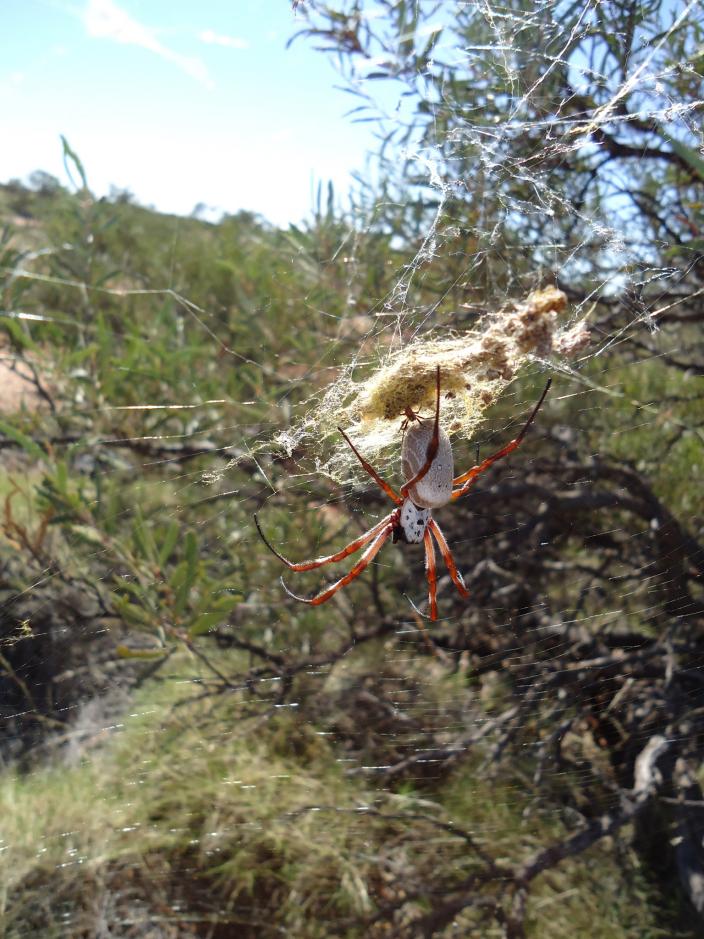
Web-Building Spiders
Perhaps the most iconic image associated with spiders is the delicate yet strong silk web. Web-building spiders have mastered the art of creating these structures, using them not only as homes but also as highly effective hunting tools.Orb-Weavers: The Spiral SpecialistsOrb-weaver spiders, belonging to the family Araneidae, are renowned for their circular webs that seem to appear overnight in gardens and forests. These spiders construct their webs with remarkable precision, creating a spiral pattern that is both beautiful and functional.The process of web-building for an orb-weaver is a marvel of instinctive engineering:
- First, the spider releases a strand of silk that catches on a nearby object, forming the bridge line.
- It then drops down from the center of this line, creating the first radius.
- Additional radii are added, forming a wheel-like structure.
- Finally, the spider spirals outward from the center, laying down the sticky capture spiral.
This elaborate construction serves as an efficient trap for flying insects. When prey becomes entangled in the web, vibrations alert the spider, which quickly moves to immobilize its catch.Sheet Web Spiders: The Horizontal HuntersWhile orb-weavers build vertical webs, sheet web spiders create horizontal or curved sheets of silk. These webs are often found in grass or between tree branches. The Linyphiidae family, which includes many sheet web spiders, is one of the most diverse spider families.Sheet webs work differently from orb webs:
- The main sheet acts as a landing platform for insects.
- Above the sheet, the spider often constructs a maze of non-sticky threads.
- These upper threads interfere with flying insects, causing them to fall onto the sheet below.
- The spider, waiting upside-down beneath the sheet, quickly bites through the silk to capture its prey.
Cobweb Spiders: The Tangle-Web TacticiansCobweb spiders, including the common house spider (family Theridiidae), create three-dimensional webs with no apparent pattern. These tangled masses of silk are highly effective at catching a variety of prey.Cobweb spiders have a unique hunting strategy:
- They hang upside-down in their webs, waiting for prey to become entangled.
- When an insect is caught, the spider quickly wraps it in silk before delivering a venomous bite.
- Some cobweb spiders even create “trip lines” that extend to the ground, ensnaring crawling insects.
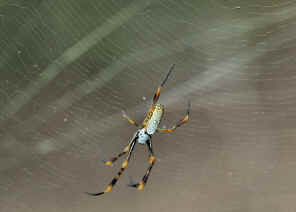
Hunting Spiders
Not all spiders rely on webs to catch their prey. Many species have evolved to become active hunters, using speed, camouflage, and even mimicry to capture their meals.Wolf Spiders: The Ground RunnersWolf spiders (family Lycosidae) are robust, agile hunters that chase down their prey on foot. Unlike many spiders, wolf spiders have excellent eyesight, with four large eyes arranged in a square on their faces.Wolf spider hunting behavior includes:
- Actively patrolling their territory for prey.
- Using their keen vision to detect movement.
- Pouncing on prey with speed and precision.
- Some species even pursuing prey into water.
Interestingly, female wolf spiders are known for their maternal care. They carry their egg sacs attached to their spinnerets and, after the spiderlings hatch, the mothers carry their young on their backs for several days.Jumping Spiders: The Acrobatic AmbushersJumping spiders (family Salticidae) are small but mighty hunters known for their incredible leaping abilities and almost cute appearance. With large forward-facing eyes, they have the best vision of any spider group.The hunting style of jumping spiders is unique:
- They stalk their prey, moving slowly and deliberately.
- When close enough, they secure a silk safety line to their starting point.
- They then leap onto their prey, sometimes jumping distances up to 50 times their body length.
- If they miss, the safety line allows them to climb back to their original position.
Beyond their hunting prowess, jumping spiders are known for their complex courtship dances, where males perform elaborate movements to attract females.Crab Spiders: The Camouflage ExpertsCrab spiders (family Thomisidae) are masters of disguise. These spiders don’t chase their prey or build webs. Instead, they rely on camouflage and patience to ambush unsuspecting insects.Crab spider hunting techniques include:
- Changing color to match their surroundings, often blending in with flowers.
- Lying in wait with their front legs spread wide, ready to grab passing insects.
- Some species even emitting pheromones that mimic those of female moths to attract male moths.
Their ability to blend in with their environment makes crab spiders highly successful ambush predators, especially when hunting on flowers visited by pollinating insects.
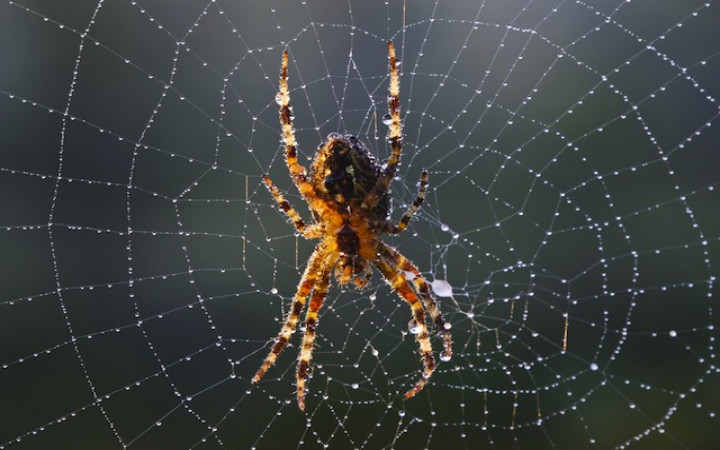

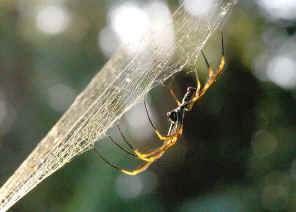
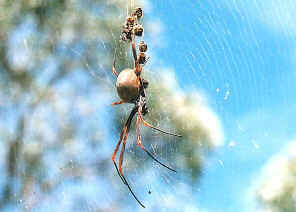
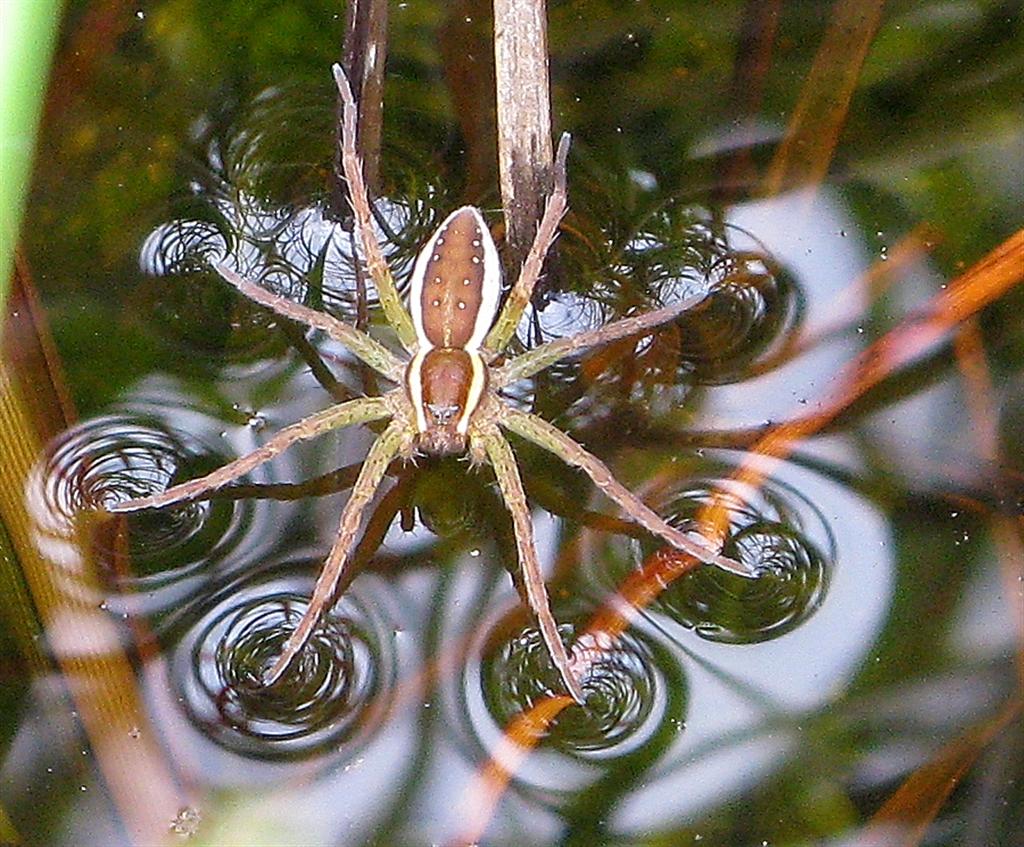
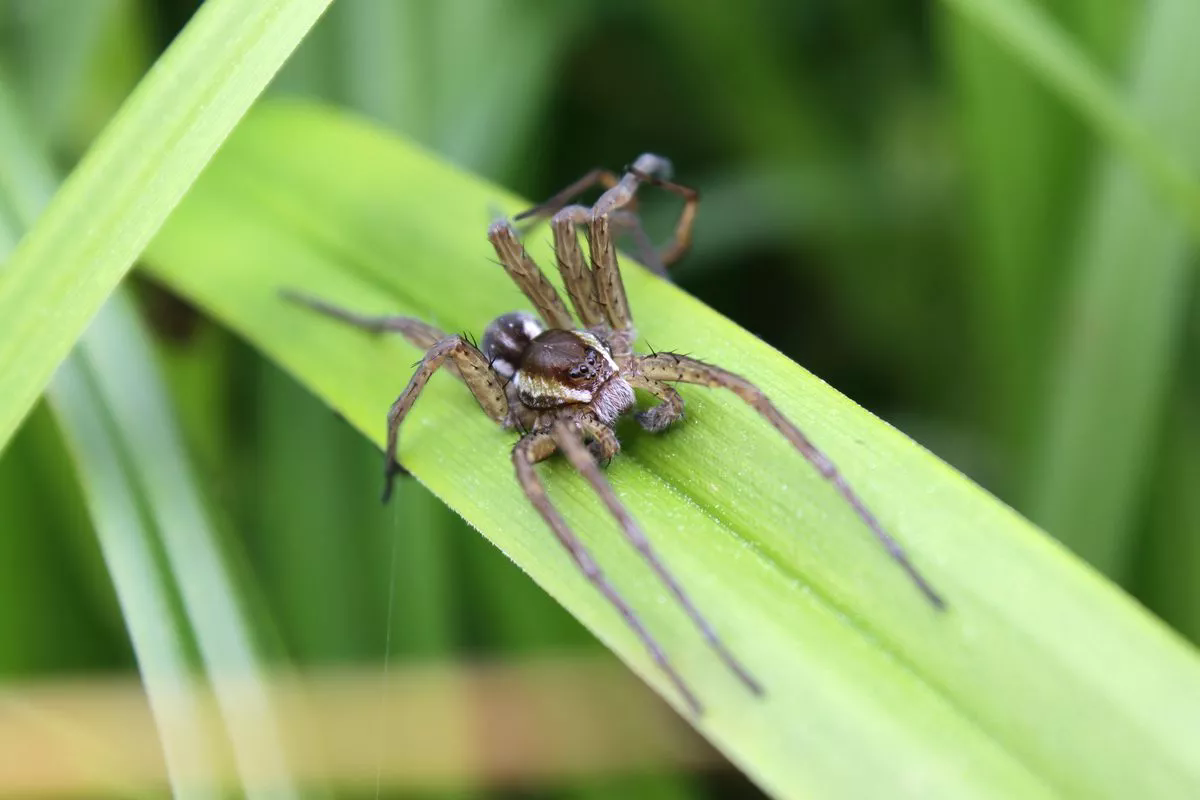
What are the main differences between the lifestyle patterns of spiders in webs and those that hunt
The main differences between the lifestyle patterns of web-building spiders and hunting spiders can be categorized into several key areas:
Prey Capture Methods
Web-building spiders:
- Construct intricate silk webs to catch prey
- Rely on their webs as both homes and hunting tools
- Often remain stationary, waiting for prey to become entangled
- Use vibrations in the web to detect captured prey
Hunting spiders:
- Actively pursue and capture prey without using webs
- Rely on speed, agility, and sometimes ambush tactics
- Use excellent eyesight (in some species) to locate and stalk prey
- May use silk for other purposes (e.g., draglines) but not for prey capture
Habitat Preferences
Web-building spiders:
- Often found in sheltered locations suitable for web construction
- Common in corners of rooms, between tree branches, or under eaves
- Prefer stable environments where webs can remain undisturbed
Hunting spiders:
- Found in a variety of habitats, including on the ground, in vegetation, or on walls
- Often more mobile, moving between different areas in search of prey
- Some species may enter homes accidentally, especially during extreme weather
Mobility and Behavior
Web-building spiders:
- Generally less mobile, spending most of their time on or near their webs
- May have difficulty walking on smooth surfaces outside their webs
- Typically rebuild or repair webs regularly
Hunting spiders:
- Highly mobile, able to run quickly on various surfaces
- Walk on the tips of their legs, allowing them to move swiftly
- Often more visible to humans due to their active hunting behavior
Ecological Roles
Web-building spiders:
- Play a significant role in controlling flying insect populations
- Their webs can serve as visible indicators of spider presence in an area
- Some species, like orb-weavers, contribute to natural pest control in gardens
Hunting spiders:
- Help control populations of ground-dwelling insects and other arthropods
- May play a role in regulating other spider populations (e.g., white-tail spiders preying on black house spiders)
- Can be beneficial in homes by controlling other household pests
Adaptations
Web-building spiders:
- Highly specialized silk glands for producing different types of silk for web construction
- Often have poor eyesight but excellent sensitivity to web vibrations
- Some species can change web designs based on environmental conditions
Hunting spiders:
- Many have excellent vision, particularly jumping spiders
- Often have strong, powerful legs for running and jumping
- Some species, like crab spiders, have developed remarkable camouflage abilities
Understanding these differences is crucial for effective pest management strategies. Web-building spiders can often be controlled by targeting their webs and typical hiding spots, while hunting spiders require different approaches due to their mobility and diverse habitats. Additionally, recognizing these lifestyle patterns can help in appreciating the diverse roles spiders play in various ecosystems, from our homes to natural environments.
Specialized Lifestyles
Some spiders have evolved even more specialized lifestyles, adapting to unique ecological niches.Fishing Spiders: The Aquatic ArachnidsFishing spiders (genus Dolomedes) have adapted to life near water. These large spiders can walk on water surfaces and even dive beneath to catch aquatic prey.Fishing spider adaptations include:
- Water-repellent hairs on their bodies allow them to trap air bubbles for breathing underwater.
- Sensitive hairs on their legs detect vibrations on the water surface, alerting them to potential prey.
- They can catch small fish, tadpoles, and aquatic insects.
Bolas Spiders: The Lasso ThrowersBolas spiders (genus Mastophora) have one of the most unusual hunting methods in the spider world. Instead of building a web, they create a sticky ball (bolas) attached to a silk thread.The bolas spider’s hunting technique is remarkable:
- They emit pheromones that mimic female moths, attracting male moths.
- When a moth approaches, the spider swings its bolas in a circular motion.
- If the sticky ball contacts the moth, the spider reels in its catch.
This specialized hunting method allows bolas spiders to catch specific types of prey with minimal energy expenditure.Social Spiders: The Cooperative HuntersWhile most spiders are solitary, some species have evolved social behaviors. Social spiders, such as those in the genus Anelosimus, live in large colonies and cooperate in web building, prey capture, and brood care.Social spider behavior includes:
- Building large, communal webs that can span several meters.
- Cooperatively subduing prey that would be too large for a single spider.
- Sharing food among colony members.
- Collective care of egg sacs and spiderlings.
This social lifestyle is rare among spiders but demonstrates the diversity of adaptations within the group.
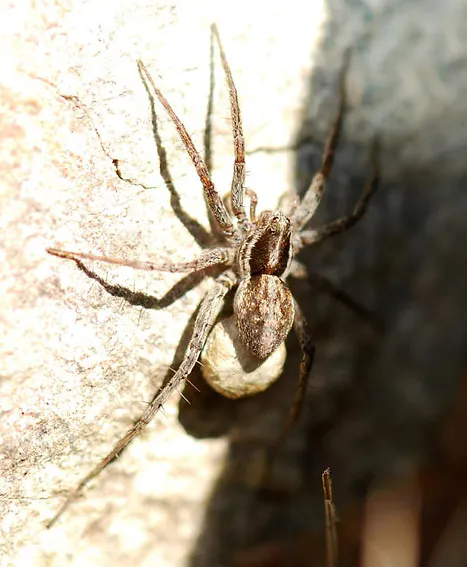
The world of spiders is a testament to the power of evolutionary adaptation. From the geometric precision of orb-weaver webs to the acrobatic feats of jumping spiders, these arachnids have developed an astounding array of lifestyles and hunting strategies. Each spider species, whether a web-builder or an active hunter, plays a crucial role in its ecosystem, helping to control insect populations and serving as prey for other animals.As we continue to study these fascinating creatures, we uncover more about their complex behaviors, intricate social structures, and remarkable adaptations. The diversity of spider lifestyles not only provides a window into the wonders of natural selection but also offers inspiration for human technologies, from the development of strong, flexible materials inspired by spider silk to the design of adhesives based on the sticky droplets in spider webs.The next time you encounter a spider, whether it’s spinning a web in your garden or scurrying across your floor, take a moment to appreciate the millions of years of evolution that have shaped its unique lifestyle. These small but mighty creatures are not just pest controllers; they are master engineers, skilled hunters, and vital components of the intricate web of life on our planet.
